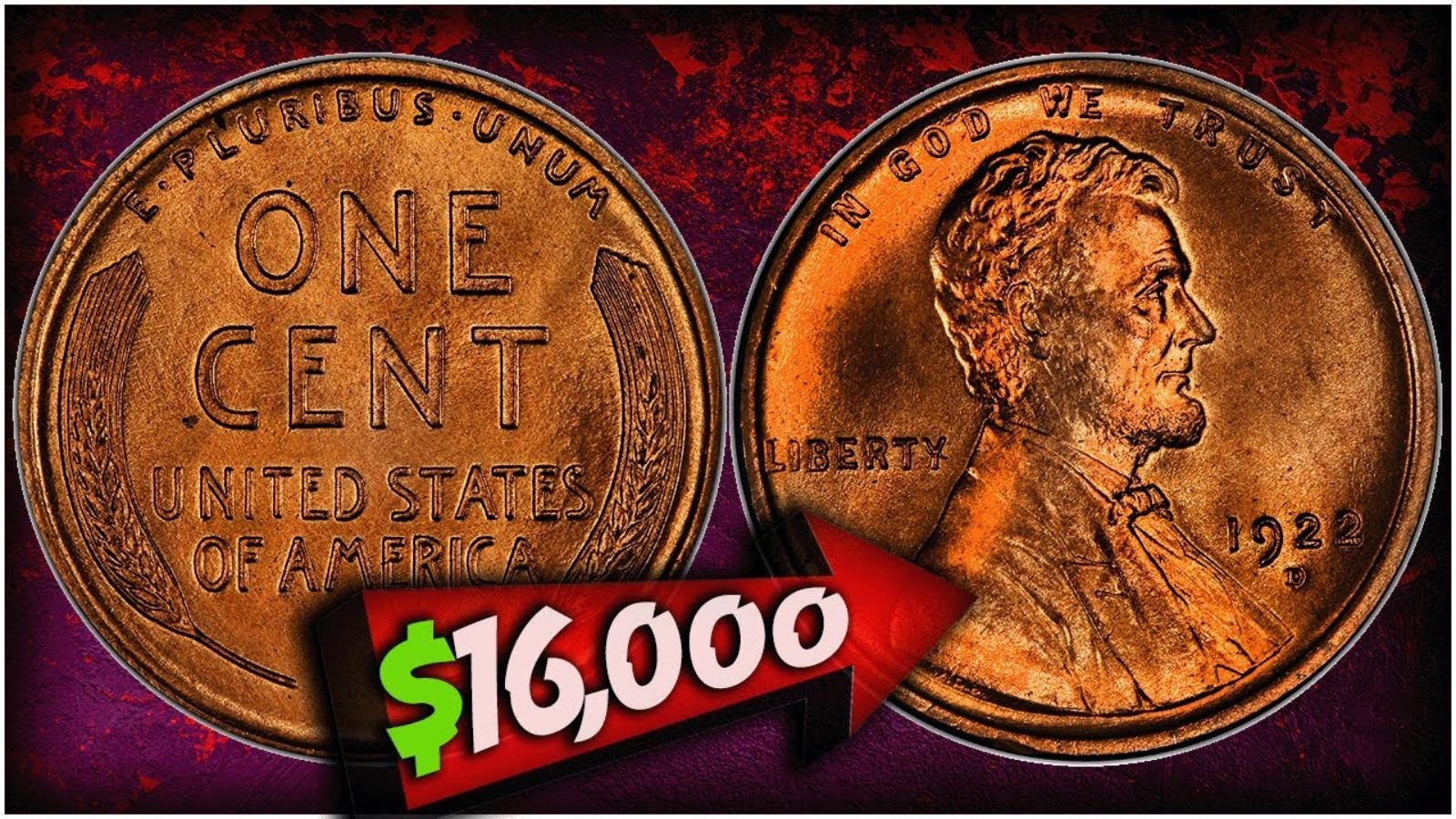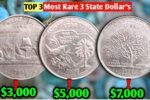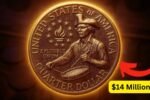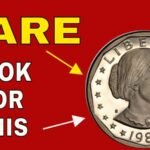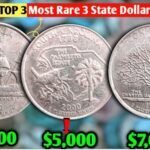When you think about pennies, you probably imagine a handful of spare change rattling around in your pocket or forgotten in the bottom of your purse. But what if I told you that one single penny — specifically, the legendary 1922 No D Wheat Penny — could be worth as much as $16,000 today?
It sounds unreal, but it’s 100% true. Some old coins are far more than small copper disks — they’re pieces of American history and can be worth thousands if you know what to look for. Let’s break down why this penny is so special, how you can find one, where to buy or sell it, and what you can expect if you’re lucky enough to discover one in your coin jar.
What Makes the 1922 No D Wheat Penny So Valuable?
First, let’s get the basics down. The Wheat Penny (or Lincoln Wheat Cent) was minted from 1909 to 1958. It gets its name from the two wheat stalks on the reverse side — a classic, simple design that’s beloved by collectors.
So, what’s the deal with the 1922 version? That year, the Denver Mint was the only mint producing pennies. Typically, these coins have a tiny “D” mint mark under the date to show they were made in Denver. But due to worn dies and over-polishing, some 1922 pennies were struck without a visible “D” mint mark.
This accidental error created the 1922 No D Wheat Penny, which is now one of the holy grails for Lincoln Cent collectors. Only a limited number were made this way, which means finding one today can be like stumbling on buried treasure.
How Rare Is the 1922 No D Wheat Penny?
In the world of coin collecting, rarity is everything. The 1922 No D Wheat Penny is so rare that out of the 7+ billion pennies made that year, only a fraction came out with the missing mint mark error.
To make matters more fascinating, there are different varieties — some have weak “D” marks barely visible under magnification, but the true prize is the Strong Reverse, No D variety: clear, bold details on the reverse, but absolutely no “D” under the date on the front.
Because so many were used in circulation, finding one in top condition is even harder — a high-grade 1922 No D Wheat Penny can sell for up to $16,000 or more at auction.
How to Find a 1922 No D Wheat Penny
So, where do you even begin to look for this hidden copper gem? Here are some real-life ways people have discovered this valuable coin:
- Check Old Coin Jars: Many people inherit jars of pennies from parents or grandparents. Older pennies can sit unnoticed for decades.
- Bank Rolls: Some collectors still hunt through bank-wrapped rolls of pennies. While it’s rare, it’s possible to find a valuable wheat penny this way.
- Garage Sales and Estate Sales: Sometimes, people sell old coin collections without knowing what they’re worth.
- Flea Markets & Antique Shops: Dealers sometimes lump old pennies together — savvy collectors have found hidden treasures mixed in bulk lots.
It’s like a treasure hunt — the more you search, the better your odds!
How to Spot a Real 1922 No D Wheat Penny
Once you find an old 1922 penny, how do you know if it’s the valuable one? Here’s what to check:
✅ Check the Date: It must read “1922” — obviously.
✅ Look for the Mint Mark: The space under the date should be completely blank — no faint “D”, no scratches that look like a mint mark.
✅ Inspect the Reverse: Serious collectors want the “Strong Reverse” variety — crisp details, especially in the wheat stalks and lettering.
✅ Condition: Coins in better shape are worth significantly more. A worn 1922 No D Wheat Penny could fetch $500–$1,000, but mint-state ones can bring $10,000–$16,000.
💡 Pro Tip: Don’t clean your coin! Scrubbing it can destroy its value instantly. Always keep it as-is and store it safely.
Where to Get Your Coin Authenticated
If you think you’ve found a genuine 1922 No D Wheat Penny, the next step is to have it authenticated and graded by a trusted third-party service. The top two services are:
- PCGS (Professional Coin Grading Service)
- NGC (Numismatic Guaranty Company)
Both will professionally inspect your coin, confirm its authenticity, and give it an official grade. Coins that are certified and graded are worth much more and are easier to sell.
Current Market Value for 1922 No D Wheat Pennies
Market prices fluctuate based on demand, rarity, and condition. Here’s a general guide for what you might expect in 2024–2025:
- Well-worn, Good condition: $500–$1,000
- Fine–Very Fine: $1,500–$3,500
- Extremely Fine–About Uncirculated: $5,000–$10,000
- Mint State: $12,000–$16,000+
High-grade specimens that are beautifully struck with a strong reverse can sometimes smash these ranges at auction.
How to Buy a 1922 No D Wheat Penny
Want to add one to your collection instead of finding one? Here’s how:
1️⃣ Auction Houses: Major auction houses like Heritage Auctions or Stack’s Bowers regularly handle high-value coins like this.
2️⃣ Reputable Dealers: Certified coin dealers can offer graded coins at fair market prices.
3️⃣ Coin Shows: Attending coin shows can connect you with trusted sellers and let you see coins in person.
4️⃣ Online Marketplaces: Sites like eBay have them, but always look for coins graded by PCGS or NGC — raw (ungraded) coins are risky.
How to Sell a 1922 No D Wheat Penny
Selling this kind of coin can be thrilling, but take it seriously:
✔️ Get It Graded: Again — no serious buyer will pay thousands for an ungraded coin.
✔️ Auction It: For rare coins, auctions often yield the highest price.
✔️ Sell to Dealers: Certified coin dealers may offer to buy outright, but you might get less than at auction.
✔️ Market It Well: If you list it online, include clear photos, certification info, and be prepared for questions from buyers.
FAQs About the 1922 No D Wheat Penny
Q1: Why is the 1922 No D so special?
A: It’s a rare mint error from the Denver Mint — no other mint struck pennies that year. Missing mint marks from Denver are exceptionally rare.
Q2: Can any old penny be worth thousands?
A: Not usually. It’s the specific year, mint mark, error, and condition that matter most.
Q3: How do I safely store rare pennies?
A: Keep them in acid-free holders, coin flips, or slabs if graded. Avoid moisture and humidity.
Q4: Should I clean my old pennies?
A: Never. Cleaning destroys the natural surface collectors value so highly.
Q5: Is it legal to sell rare pennies?
A: Absolutely. They’re private property and legal to own, trade, or sell.
Final Thoughts: Check Your Pennies — You Might Be Rich!
The story of the 1922 No D Wheat Penny proves that there are tiny treasures hiding in plain sight. Every time you check your spare change, you could be holding a piece of history worth thousands — maybe even $16,000!
So, the next time you get pennies back from the store or crack open an old coin jar, don’t just toss them aside. Grab a magnifying glass, look closely, and see what you find. Who knows? That ordinary-looking penny might just change your life.
Some Important Link
| Download News APP | Click Here |
| WhatsApp Group | Click Here |
| Home Page | Click Here |
